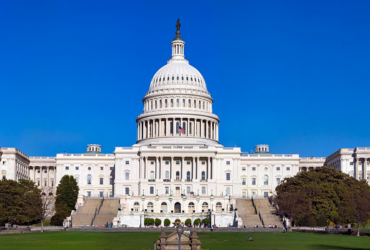In case you needed more proof that Omicron is officially behind us this jobs report should do it. The February jobs report didn’t just beat expectations, they shattered them, according to the Burea of Labor Statistics…(BLS)
- Total nonfarm payroll employment rose by 678,000 in February and the unemployment rate edged down to 3.8%.
- Economists had projected 400,000 jobs created and for the unemployment rate to fall to 3.9%.
Leisure and hospitality continued to lead the way with 179,000 jobs created in February…
- Professional and business services saw the second-biggest gain with 95,000 jobs created followed by health care (+64k), construction (+60k), and transportation and warehousing (+48k).
NOTE: The economy is still short 2.1 million jobs when compared to February 2020.
Wage growth, unfortunately, was basically flat in February…
- Average hourly earnings were up 1 penny to $31.58, this is up 5.2% when compared o February 2021.
- Average weekly earnings were up about $4.50 to 1,095.83, this is up 5.4% when compared to February 2021.
NOTE: Inflation continues to outpace wages. The CPI hit 7.5% in January and even if you use the PCE Index, 6.1%, wages still aren’t keeping pace with rising prices.
There was more good news as the December total was revised up by 78,000, from +510,000 to +588,000, and the change for January was revised up by 14,000.
Important takeaways…
- Conor Sen noted the impact this is going to have on the Fed, “As I said on Spaces, I don’t know if rising participation is inflationary or disinflationary, but more workers/jobs/hours worked = more real growth, which means any hawkish actions from the Fed are less likely to push us into recession.”
- Neil Irwin noted this proves the impact of Omicron, “This definitely supports the thesis that omicron was holding the January number down, and it came in very robust anyway.”
Even though we are still 2 million jobs short of where we were in 2020 when you look at the unfortunate increase in deaths, early retirements, and minuscule immigration we are much closer to pre-pandemic employment than that raw number indicates.






Got a Questions?
Find us on Socials or Contact us and we’ll get back to you as soon as possible.